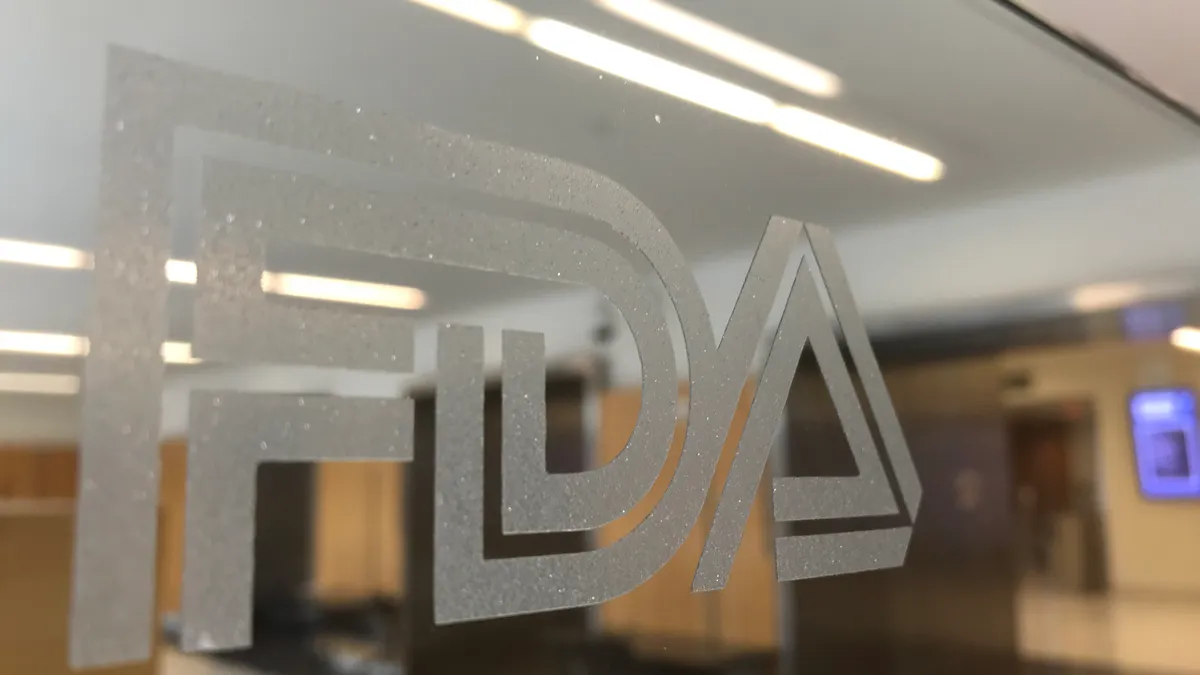Dive Brief:
- Vascular disease device maker Avinger said it received FDA 510(k) clearance for an extension of its Pantheris line of image-guided, catheter-based atherectomy devices to treat peripheral artery disease (PAD), which affects the lower extremities.
- The new device is designed to help physicians remove plaque from smaller vessels that are 2 to 4 millimeters in diameter.
- The Redwood City, California-based company said in a news release Wednesday it's planning a limited initial launch of the minimally invasive system with a built-in camera, called Pantheris SV, at several U.S. sites while it builds inventory and further clinical experience before expanding distribution.
Dive Insight:
Avinger competes in a crowded market for catheter-based PAD devices against a number of bigger players, including Medtronic, BD, Boston Scientific and Cook Medical. An FDA warning to physicians last month to avoid paclitaxel-coated balloons and stents in PAD treatment, due to a preliminary finding of a raised mortality risk, shook up the sector. Medtronic and BD have pushed back, releasing statements saying they stand behind the clinical data supporting their devices.
Avinger believes FDA clearance for the Pantheris SV could expand its market reach by 50% and help it gain a larger share of the estimated $500 million overall PAD atherectomy opportunity.
The device’s ability to generate real-time images from inside the artery to guide the procedure distinguishes it from the pack and helps reduce vascular injury, the company says. Physicians typically rely on X-ray and tactile feedback in PAD procedures.
CEO Jeff Soinski, in a press release, said the new device will build on momentum in the Pantheris business that began with a platform update last year. The system, launched in June 2018, incorporates a stiffer shaft for navigation, and an enhanced cutter design and imaging system. Avinger said it expects growth for the Pantheris product line to accelerate in the second half of 2019, supported by the small vessel device approval.
The medical device maker has also worked to put a securities class action lawsuit behind it. The company last year announced it reached a $5 million settlement with plaintiffs stemming from its 2015 initial public offering.










